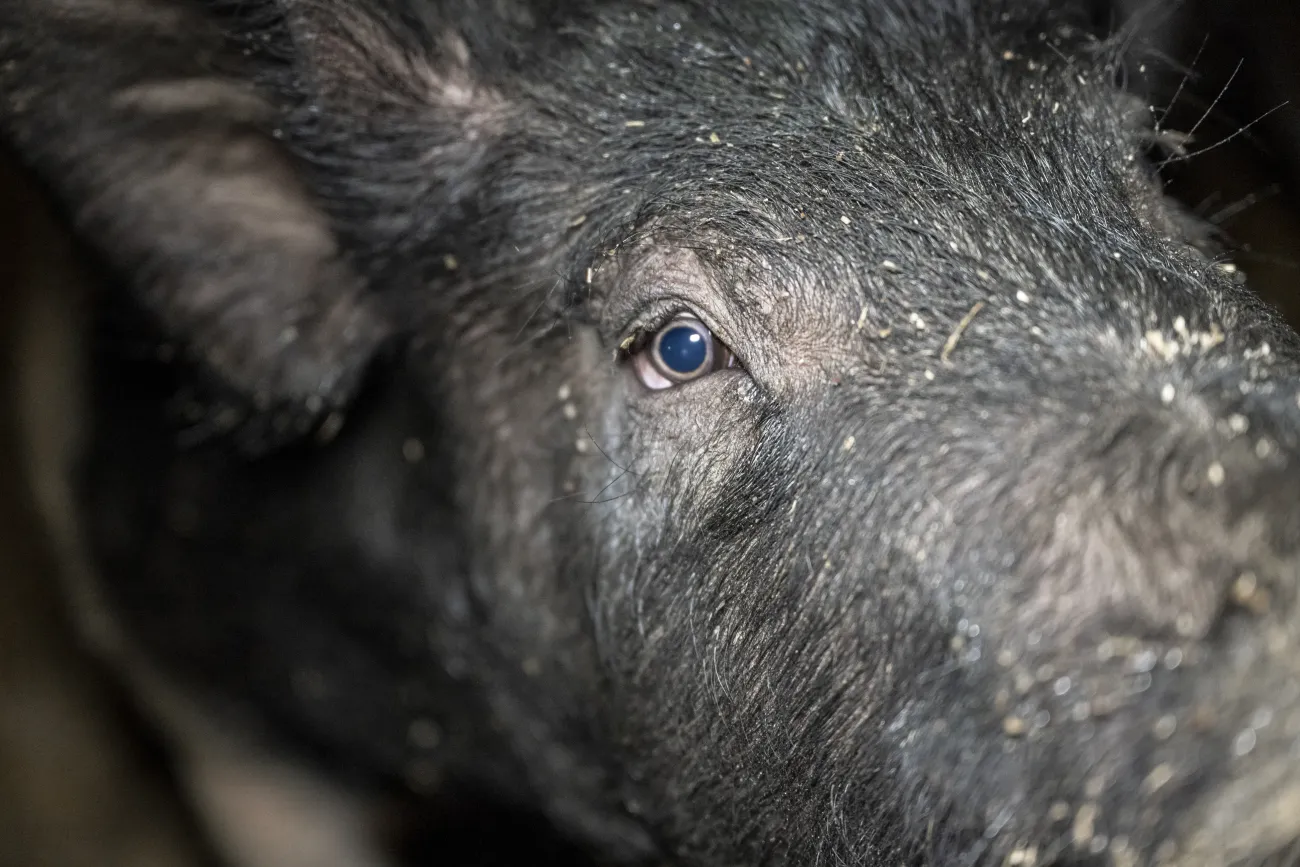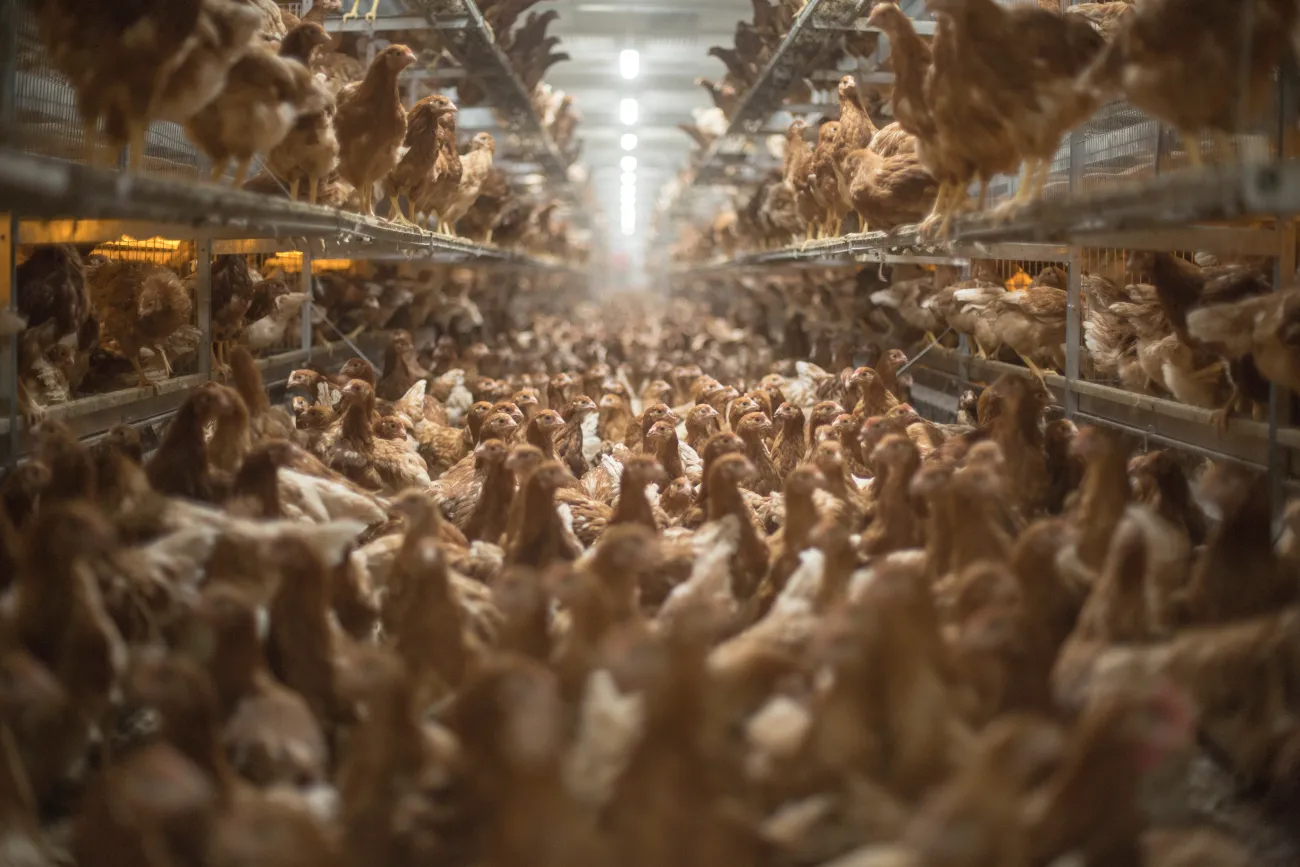This study offers framework to integrate non-human needs in agricultural design processes by identifying and reflecting upon trade-offs and providing tools with the goal of contributing to just and sustainable transformations of agricultural systems.
Abstract
In response to growing concern over agriculture's contribution to climate and ecological crises, recent definitions of sustainable food systems have expanded beyond productivity to emphasize interconnected ecological and social dimensions. Responding to this challenge, agricultural system design scholars have moved beyond a focus on merely increasing productivity, supply, and profitability, to include goals such as animal welfare and ecological health. However, this selection often fails to move beyond anthropocentric needs and values. For design to be transformative, addressing who can participate in design and how participating actors relate to each other is critical. Notably, non-humans, which are foundational to agricultural systems, are largely overlooked as actors to be involved in design processes.
The aim of the article is to develop a framework to assist agricultural design scholars in meaningfully integrating non-human needs in agricultural design processes by identifying and reflecting upon trade-offs and providing methodological tools with the goal of contributing to just and sustainable transformations of agricultural systems.
A critical review of the state-of-the-art of non-human participation in agricultural systems design research was done. This was followed by a narrative review, consulting several approaches from critical social sciences, such as transition studies, Actor Network Theory, animal studies, feminist posthumanism, postcolonialism and indigenous scholarship to enhance our understanding of participation by non-humans. This analysis informed a synthesized framework for reflection.
The review points at three themes for better engagement of non-humans in design, notably regarding the role of (1) agency; (2) temporality; and (3) deliberation of non-humans. Based on these themes, practical steps forward are proposed to include non-humans in five design phases: problem definition; system analysis; design requirements; measurements; and selecting design solutions.
By opening a dialogue between agricultural systems design and different bodies of research on inclusion of non-humans, this article aims to support agricultural systems designers in their reflection, making informed, context-sensitive decisions by fostering new ways of thinking and relating to non-humans as active rather than passive actors in these processes, thereby enhancing the transformative potential of agricultural systems research and design beyond anthropocentric perspectives.




Comments (0)